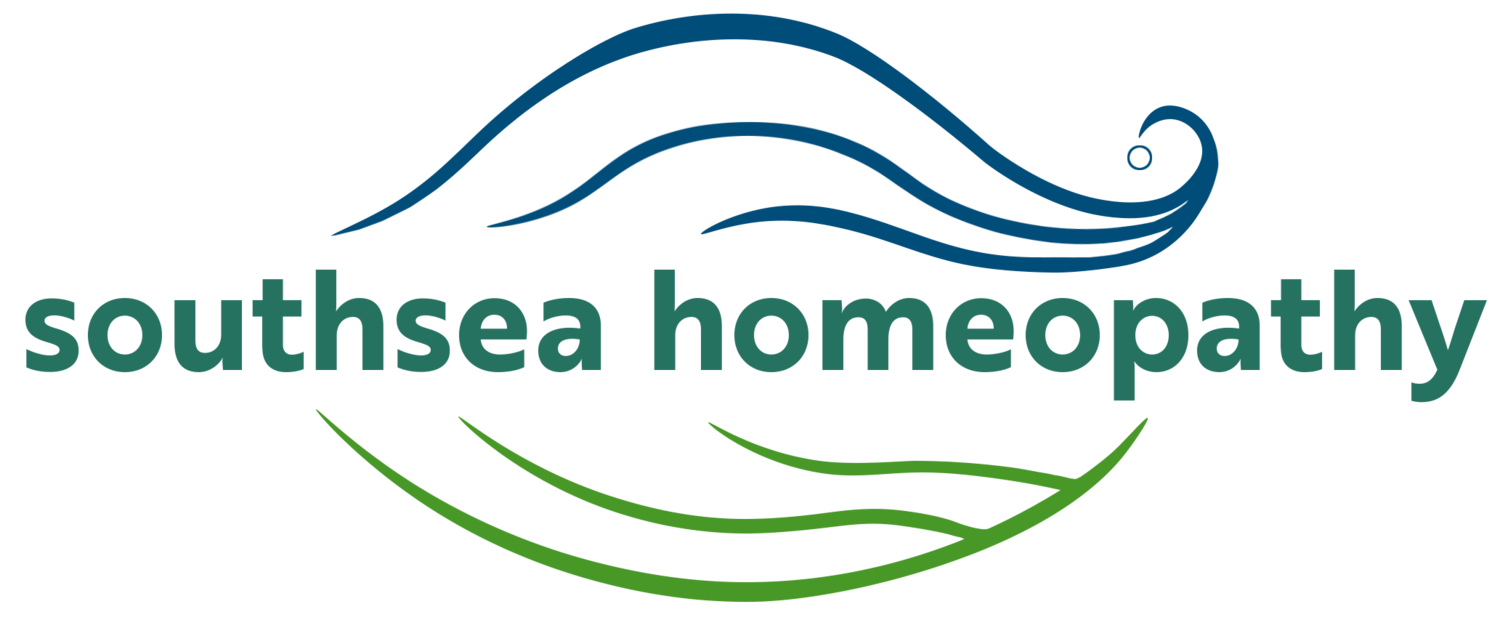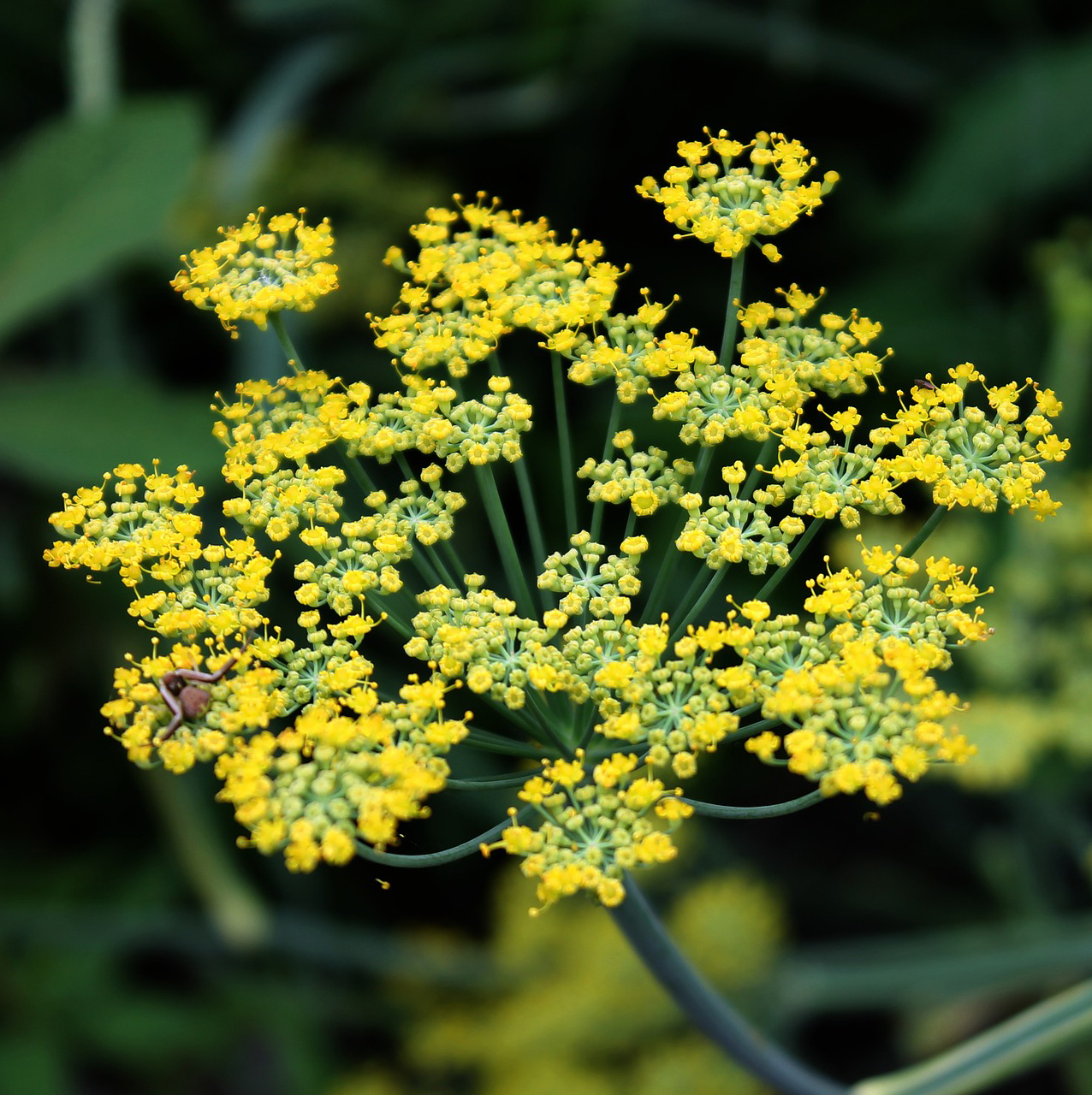So last week we saw the first three from a list of primary homeopathic remedies to think of when your child has a cough. We will now take a look at the remaining remedies most commonly prescribed, and end with a brief focus on croup, which can be a scary illness to have to manage as a parent.
Before we begin, I would like to repeat last week's caution: the following advice applies only to straightforward coughs. Coughs that are very persistent or that affect breathing require professional help. If your child has a bluish tinge to their face, mouth or tongue, or if they are abnormally drowsy or limp, seek medical help immediately.
Ipecacuanha
The child who would benefit from this remedy will have a wet cough and will bring up a lot of phlegm when they cough. Their coughing fits commonly end in vomiting.
Phosphorus
The cough that would be helped by this remedy is dry and tickly. Phosphorus kids are sensitive, and their coughs will be brought on by talking, coughing, lying down and moving from a warm to a cold environment or vice versa. There will be a sensation of tightness in the chest, and they will be thirsty for cold water.
Pulsatilla
This indispensable children's remedy is prescribed as much on the mental and emotional picture as on the physical symptoms. When he or she is ill, the Pulsatilla child will be tearful, clingy and whiny. They will not leave you alone and will constantly want cuddles and love. Characteristically their cough will be productive in the morning, bringing up yellowy-green mucus. The Pulsatilla child feels much worse cooped up in a stuffy room and perks up out of doors.
Spongia
Picturing the sea sponge from which this remedy is prepared will help you to remember the kind of cough that it will help. The Spongia cough is very, very dry, barky and croupy. It is the second stage croup remedy to think of if you haven't got in there quickly enough with the first stage remedy Aconite. The cough is often deep and may sound like wood being sawed, which can be a very frightening sound to be coming out if your child's body. The Spongia cough is generally helped by warm food and drinks.
If one of those remedy descriptions matches your child's situation, give the appropriate remedy in the 30th potency every 2 hours for severe coughs, or 3 times a day in milder cases, each for 3 days maximum. Visit www.helios.co.uk for your remedies.
Croup
I'll finish with a few words regarding croup and identify how it differs from a bog standard cough. Croup is a frightening sounding cough affecting children who are usually under the age of 4. The usual process is that a child gets a fever with hoarseness, which then turns into a loud barking and harsh cough. To make things harder for an already sleep deprived parent, the croup is invariably worse at night.
As previously described, Aconite is the first remedy to think of at the very first stages of croup, when your child wakes at night feeling anxious and restless with a cough and perhaps also a fever.
If it's too late for Aconite and the cough is already established, Spongia is generally a very good bet. If the cough is becoming rattly but your child is unable to expectorate, then reach for some Hepar Sulph.
In addition to these remedies, make sure you consider other factors. As the temperature is dropping at this time of year, radiators are coming on and drying out the atmosphere in your child's bedroom. Consider putting a humidifier in their room if their cough is croupy or dry.
Steam can bring immediate relief to a child with a croupy cough. Bring your child into to the bathroom with a hot bath running, or consider boiling the kettle in an enclosed room. Obviously ensure your child is not near enough to the source of the steam to hurt themselves.
Temperature changes can bring on a lot of coughs, so try to keep the temperature consistent. If your child's cough is worse for lying down, consider putting a pillow under their mattress.
Finally, plenty of fluids will help loosen up the mucus, allowing your child to expel it.
I hope this has been of some help. Please feel free to get in touch if there is anything that I can clarify. Thank you for reading, and I wish you and your children a cough free Autumn.




















